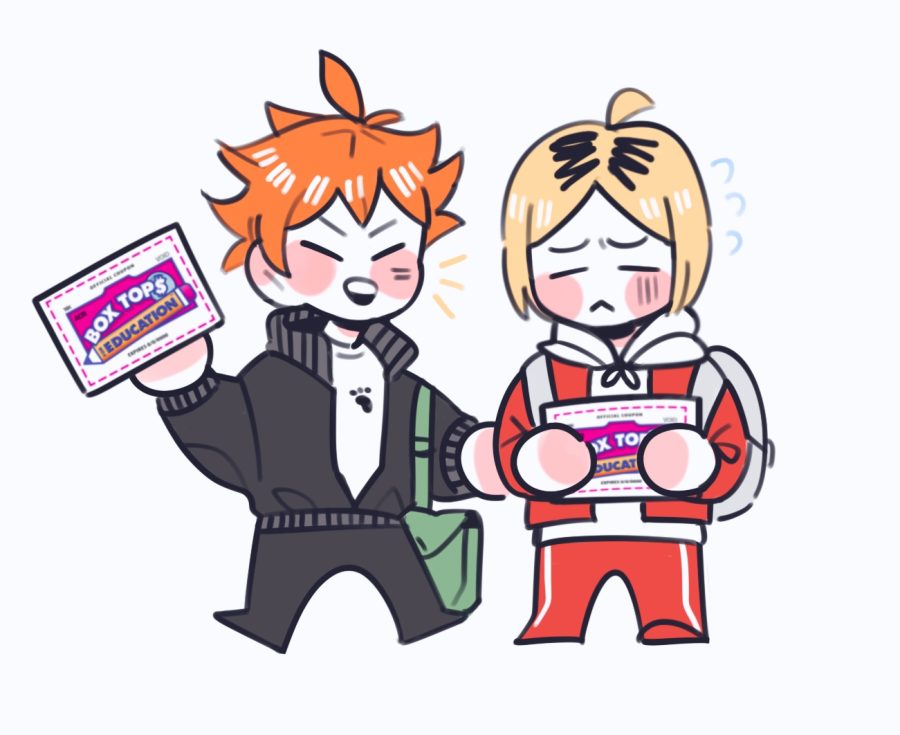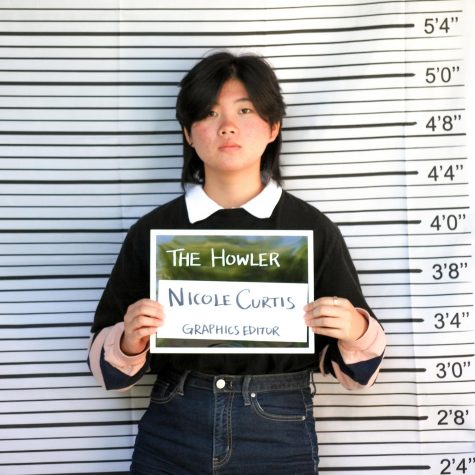Box Tops for Education: Philanthropy or increasing inequality?
THE CEREAL KILLER: Virtual Box Tops are perpetuating the wealth gap in education.
March 17, 2022
Cutting off the tops of cereal boxes and go-gurt wrappers while concealing them into a ziploc bag has become a core memory for all of Gen Z. We still remember waiting on the school blacktop during Monday morning announcements to collect our bags of paper squares, in hope of earning prizes, gift cards and more. In recent years, the company has removed physical Box Tops off of their partner company products, and instead opted for digital receipts. However, with the erasure of physical receipts, the impact of Box Tops has begun to be questioned—what do its new online submissions mean for already underfunded districts with less access to the Internet?
Box Tops originated as a proof of purchase for radio specials and other advertisements from the ‘30s to the ‘60s, in hopes of claiming an exclusive and limited time prize. However, according to the official Box Tops website, the Box Tops for Education program began in 1996, as families would clip off the tops of packages and send them with their children to school. Their first partner was with General Mills, which is widely known today as the Cheerio and Nature Valley parent brand. The company has claimed to have raised over $900 million for school districts across the United States. It’s questionable whether these numbers are believable or not, considering the sheer amount of funding that schools receive without the program. The company’s philanthropic efforts to bring children and families together may have depleted once they made the decision to go digital.
In 2019, Box Tops for Education announced that they would stop accepting physical clippings and instead promote digital submissions through the Box Tops’ app. This new implementation, however, has sparked problems amongst those of poorer communities, who are unable to purchase cellular devices or PCs, along with purchasing consumer goods that are sold in higher end stores and neighborhoods.
According to an article published by the Atlantic, eight of the top 10 zip codes with the most earnings from the Box Tops program have an average income of over $80,000. The promotion of digital receipts hurts lower income families who are unable to purchase electronic devices required in order to participate in school-hosted fundraisers. Along with this, the products for snacks and cereals alike are usually stored in higher-end stores and neighborhoods such as Target and Whole Foods.
The deflation of money in school districts can allow for a majority of small arrangements to be made, even if a small amount of money is raised. For example, an upwards of $600 made from Box Top fundraisers can allow for simple fixes on playgrounds, refurbishing paint lines and purchasing new playground equipment. But with these new implementations, wealthier school districts are easily able to have PTA donations to be able to provide for simple remediations throughout the school year.
Box Tops for Education has the means of providing the efforts of quality equipment and tools in order to prepare students as the leaders of the next generation. However, when the funds are separated for students that come from lower-income families and those of higher status, it only continues to create a greater wealth gap, preventing those that have an abundance of access from those that have none. Fixating Box Tops programs to have funds raised from wealthier districts directed towards poorer communities, while still giving awards to those of wealthier schools, will allow for the wealth gap to decrease, increasing opportunities for all school districts alike.



![AAAAAND ANOTHER THING: [CENSORED] [REDACTED] [BABY SCREAMING] [SIRENS] [SILENCE].](https://thehowleronline.org/wp-content/uploads/2025/06/lucy-1200x800.jpg)


















































![AAAAAND ANOTHER THING: [CENSORED] [REDACTED] [BABY SCREAMING] [SIRENS] [SILENCE].](https://thehowleronline.org/wp-content/uploads/2025/06/lucy-300x200.jpg)



